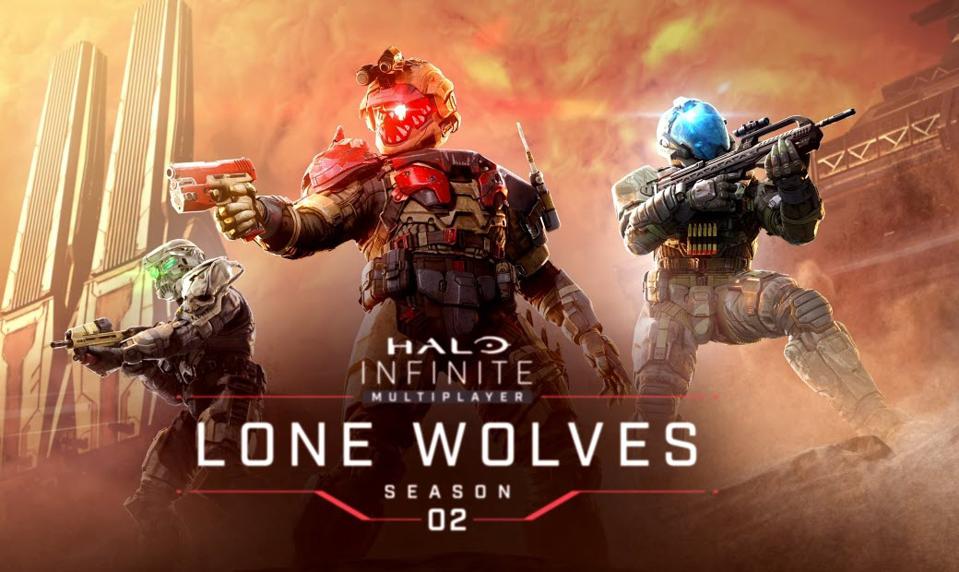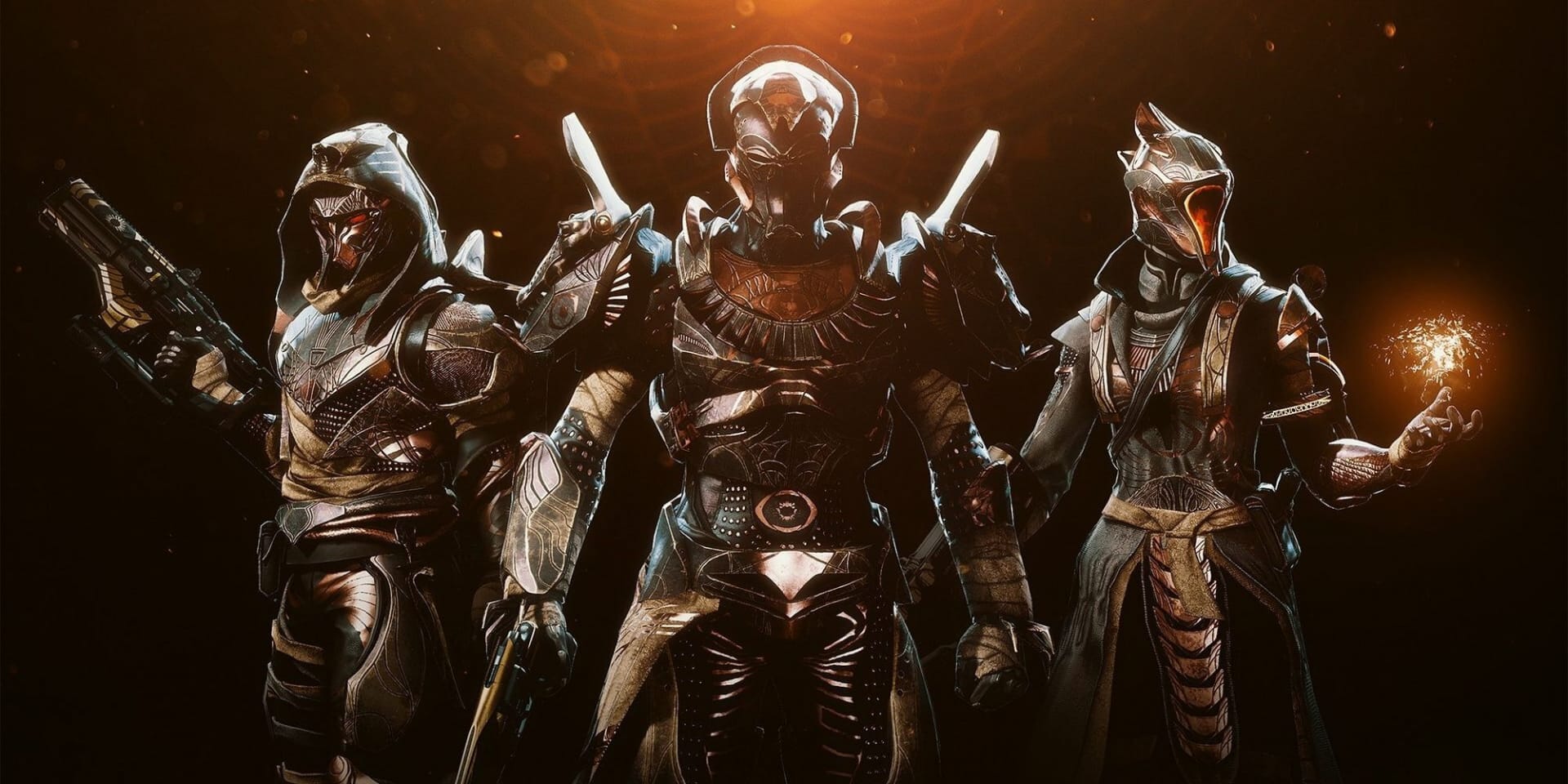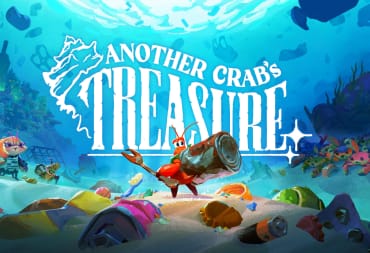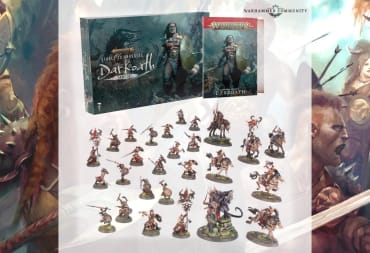A live-serviced game is a game that sees a constant stream of new content added post launch and is purposefully designed to keep you playing years after launch. It's a comparatively new concept, arriving in the wake of DLC and season passes, and as such it's a concept that hasn't yet reached fruition. Developers need to be transparent about these types of games, else they risk losing their fan base and cradling a dead game, yet so many live-service games just.... stop.
One of the most notable examples of a recent failure in live-service gaming is Marvel’s Avengers. The game was announced back in 2019 at Square Enix’s E3 conference to a lackluster response, with an open beta then releasing later that same year. Having played that beta, I thought that the beta wasn't exactly amazing, but it had potential. Turns out, I was entirely wrong about this analysis and there was no potential at all left in the game upon release.
Almost everything about Marvel’s Avengers falls flat from the beginning, with the combat system just having no feedback and characters not feeling unique enough to justify playing as each. During the initial beta, I favored playing as Thor, since his general playstyle was similar to that of Kratos from God of War. It quickly became apparent that this was only in terms of a surface-level feel, with Thor’s combat (and indeed the combat of all the Avengers) feeling extremely one-note and noninteractive.
The only real benefit that Marvel’s Avengers has going for it is Kamala Khan’s story. It’s a pretty touching and heartfelt insight into a newer Marvel character, and if the game had committed to focusing on her more, then there might be something worthwhile here. As it stands though, Marvel’s Avengers is an example of what not to do if you’re making a live-service game, and it's a game with an extremely infrequent content drip that is quickly dying, with the player count for the game consistently dropping since launch.

More recently than Marvel’s Avengers was Halo Infinite, with many complaining about the way that the season pass was laid out for the multiplayer. For a bit of added context, Halo Infinite’s multiplayer launched earlier than the campaign, with the multiplayer launching on Nov. 15, 2021, and the campaign launching on Dec. 8. The multiplayer was slammed for the decision to not include certain popular modes such as Slayer mode, in addition to issues with playlists and progression. The missions in the game were found to be way too restricting, making levelling up the battle pass way harder than anybody wanted it to be and causing dissent among the fanbase.
In early December, the Halo Infinite community director has released a statement saying that he empathizes with the ongoing frustrations of the community, there’s been no real confirmation of a window in which they may be fixed. The community director actually stated as much, saying that "As for Slayer itself - we’re still having discussions around feasibility. Yes this is absolutely a hot topic and something the team is aware of. We would love to have modes and experiences that meet player expectations vs the backlash situation we’re in today. I don’t believe anyone at 343 thought not having Slayer was a 'good idea.'" With the campaign launching without several features such as co-operative play and the multiplayer missing forge mode, perhaps it would have been for the best if 343 had decided to delay the release of Halo Infinite, even if only by a few months. They did eventually add Slayer mode on Dec. 14 last year, but it felt like too little too late.
It’s not as big an issue as Marvel’s Avengers had, since Halo Infinite isn’t bleeding players by the minute, but if the issue is left unchecked then it could become something much larger than it needs to be, leaving players with a sour taste in their mouth for future releases. Halo: Infinite may not be anywhere near as bad as Avengers, but both are examples of a lack of general communication (at least to begin with). Rather than leave it here however, I want to take a look at a best-case scenario for a games as a service system, something that has remained insanely popular throughout the lifespan of the game.

In sharp contrast to these two examples, Bungie’s Destiny 2 is a live-service game that has kept the love of the fanbase and updated with very little compromise. It released back in 2017 and since release has seen six new expansions (Curse Of Osiris, Warmind, Forsaken, Shadowkeep, Beyond Light, and The Witch Queen) with two more yet to release (Lightfall and The Final Shape). While Destiny 2 has faced criticism from fans, primarily for taking away content to replace with new content, it’s not faced nearly as much as other live-service games.
When Destiny takes content away, it places the content into something that Bungie calls the Destiny Content Vault. The way that this works is that Bungie places "less actively played" destinations and activities into the vault, effectively deleting them but leaving them available to be brought back into the game later. This in turn makes the game less intensive on hardware and makes the game smaller in terms of file size. So currently there’s multiple planets in the vault such as Mars, IO, Titan, Mercury, and The Leviathan, but Bungie has the option to bring them out every now and again. It’s not ideal, but for a game this big it's probably the best-case scenario. It’s clearly working too, as Marvel’s Avengers has a current 7-day peak of 159 players, and Destiny 2 has a 7-day of around 34,000 players.
It's worth noting that there’s a fair few high-profile live-service games that have been around for a while. Games such as Grand Theft Auto Online are constantly adding new content of various sizes, such as new heists and new missions for players to take part in. Apex Legends also does some good with the concept of a live-service game, adding new characters and new maps for the player base to use.
The key to a live-service game is doing something that Halo Infinite and Marvel’s Avengers has refused to do: being consistently open and transparent with your userbase. Crystal Dynamics promised a roadmap as to what content would be announced for Marvel’s Avengers by now (then pulled out of doing exactly that), yet we’re still sat here today waiting for news on what could possibly be coming, with only Jane Foster Thor to look forward to. Without transparency, the player base will migrate to another game, leaving you desperately scrambling for any good press.
People are quick to dismiss the concept of live-service games, and for good reason. With publishers becoming increasingly scummy and cutting corners, the term is quickly becoming synonymous with the concept of an unfinished game. But there is potential for something greater, for something larger than itself. Destiny 2 proves this is a viable model for games, though in order for this to become standard for all live-service games there needs to be a change in the system. There needs to be far more transparency from developers, much more consistent content updates, and a roadmap available from launch.
Have a tip, or want to point out something we missed? Leave a Comment or e-mail us at tips@techraptor.net













